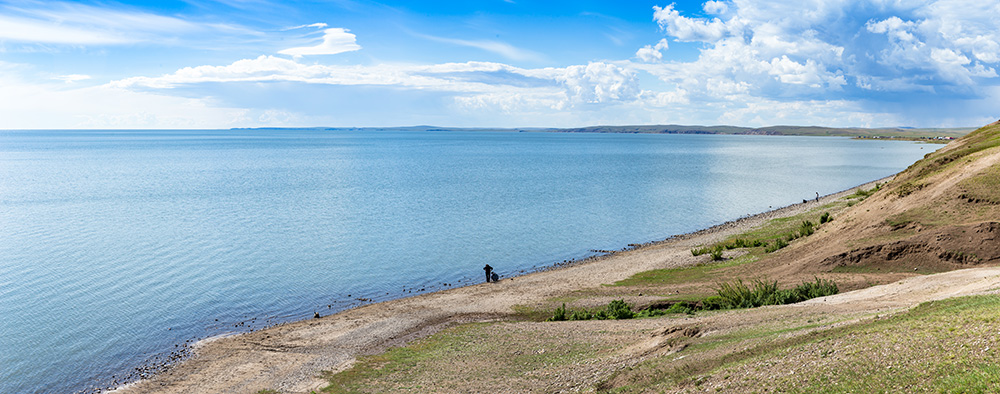Introduction
Choibalsan is notably a city developed out of necessity during World War II. While the location has always been important from an economic and trading standpoint, the city saw its greatest expansion during successful Soviet battles fought during World War II, including a pivotal one that changed the course of the war. As such, many of the touristic sites in the city include monuments dedicated to war heroes and battles fought within the city. However, venture just outside of the city and enjoy a variety of natural settings including parks, lakes and more that offer a unique Mongolian experience. The city is seeing an increase in visitation by tourists; these are some of the top sites recommended to visit while staying in or passing through Choibalsan.
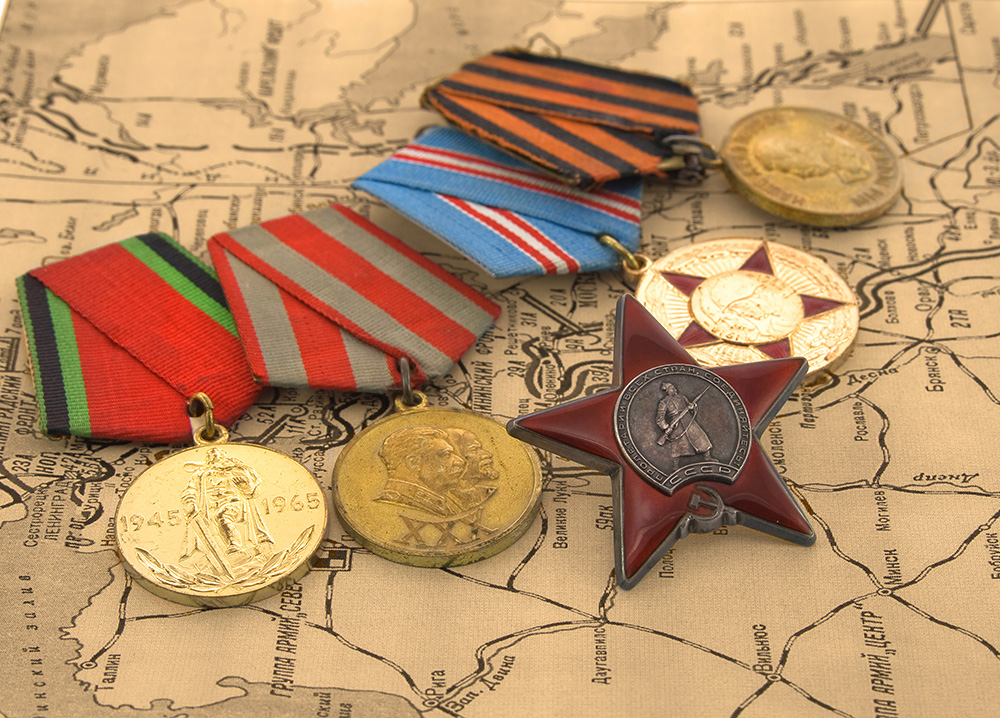
Choibalsan Market
Due to its relatively close proximately to China, the market in Choibalsan is very well stocked. Visitors can enjoy the ability to buy fresh produce, dried dairy products and more. There is a unique local relish that is made from spring onion and garlic. Goods are also widely available here, with the most popular being saddles, Mongolian hats and boots. This market closes on certain days throughout the month that change regularly; it is best to check in advance to ensure it is open when visiting. The Choibalsan market is definitely one of the more authentic Chinese – Mongol market experiences available.
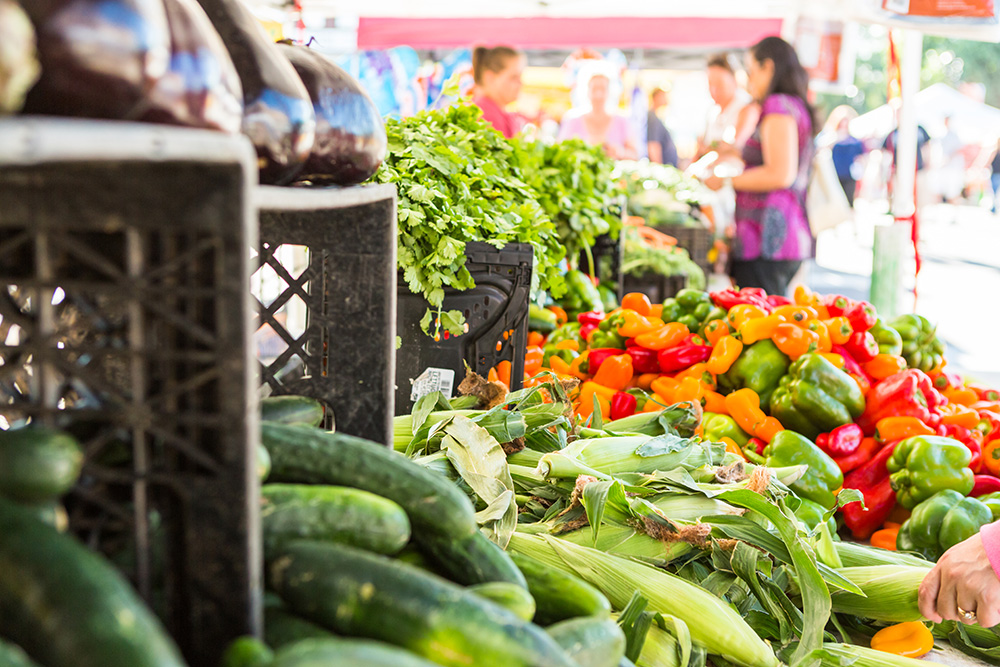
Statue of Marshall Choibalsan
The namesake of the city, the statue of Marshall Choibalsan is located along the road next to the To Van Hotel. Depicted on horseback, it is one of the most well-known landmarks in the city after the Mongolian Heroes Memorial. Just past the statue and past the local police station is one of the city’s monasteries, Danring Danjaalin Khlid. Additionally near the statue, visitors can enjoy a small park with a statue of Borte Ujin, the wife of Ghengis Khan.
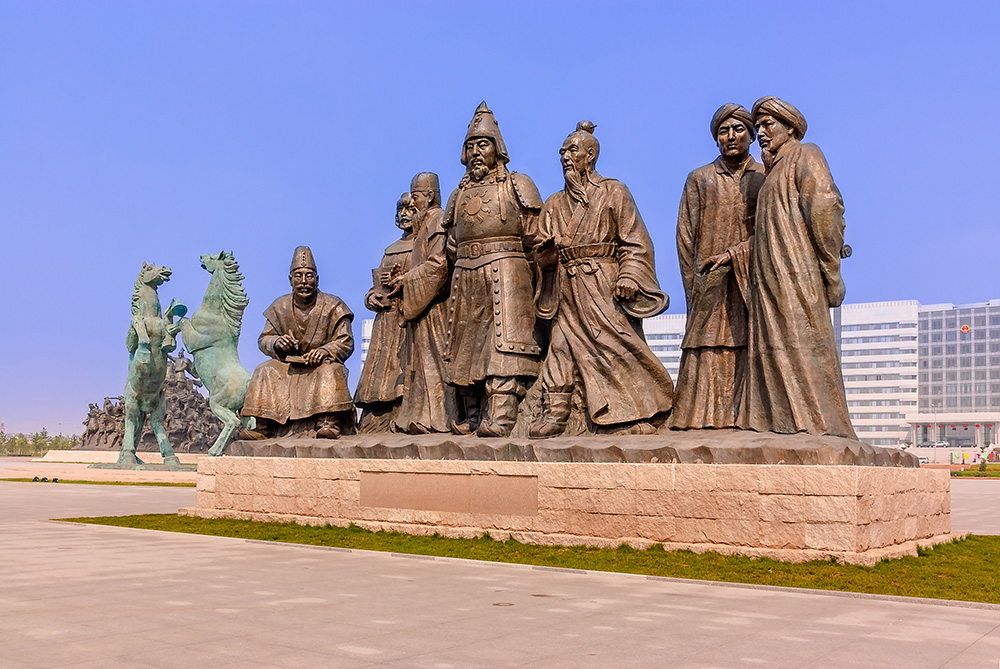
Khustain Nuruu National Park
Also known as the Hustal National Park, this is a Specially Protected Area by Mongolia. With the Tuul River running directly through it, the park covers 506 square kilometres of space. It is home to 459 species of vascular plans, 33 species of mushroom and 44 species of animals. These include wild board, sheep, Mongolian marmots, Eurasian lynx and more. Due to its protected status, UNESCO currently operates a wide range of conservation projects in the park to preserve the ecosystem and the wild species. The southwest portion of the park includes Ungut monuments and a collection of Turkic stone figures and Bronze Age rock carvings.
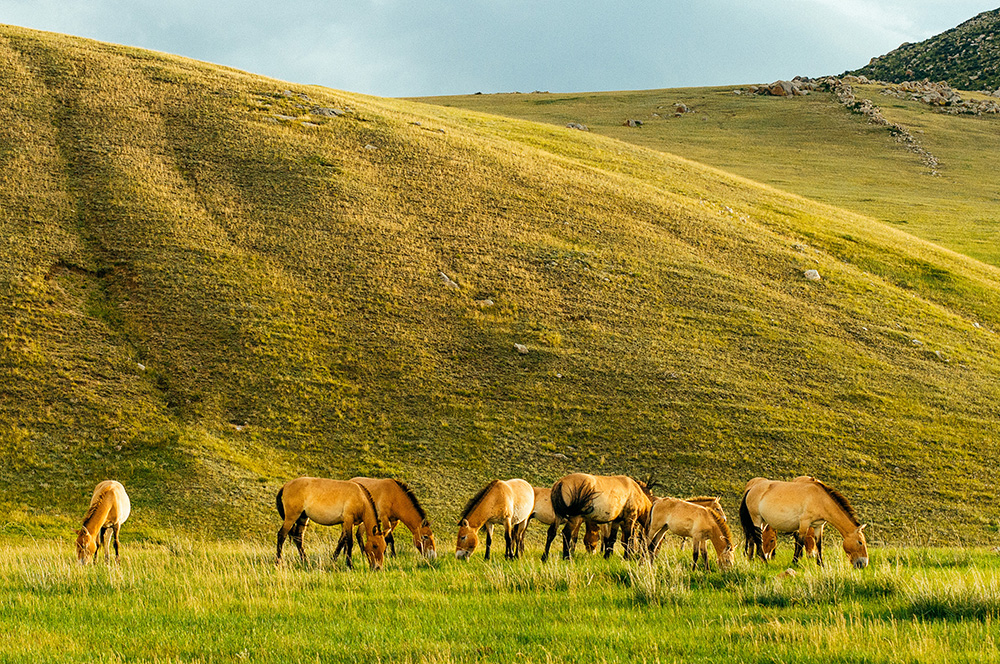
Buir Lake
This unique freshwater lake straddles both Mongolia and China and lies within the Buir Lake Depression. The Chinese city of Hulunbuir is named after the lake. Located in a relatively remote region of Mongolia, the lake was part of a major victory over the Northern Yuan Dynasty in 1388. The surrounding wetlands of the park are complete with many native flora and fauna. No human settlements are found within the area with the exception of small fishing villages dotted along the lakes coast. In addition to 236 species of birds that can be found in the area, Buir Lake is also a popular grazing land for the Mongolian gazelle which can be spotted frequently in the area.
